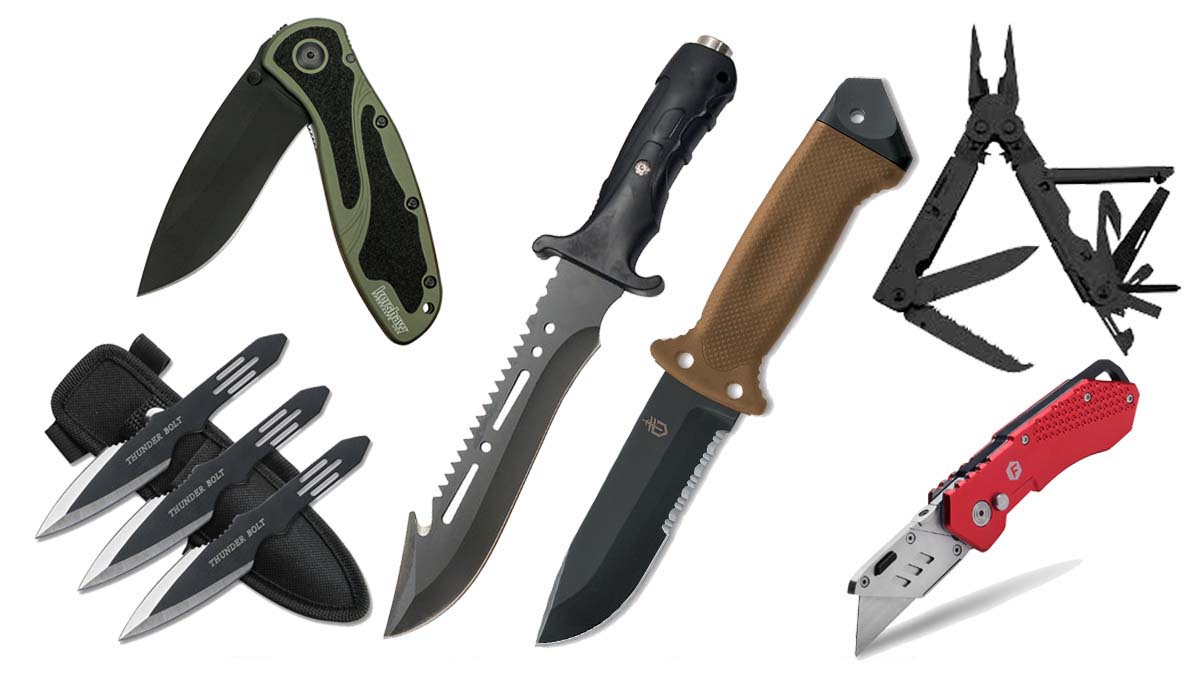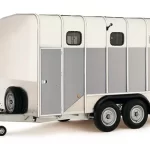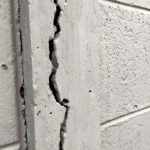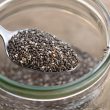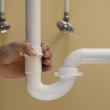The knife is a key part of any hiker’s arsenal. Whether you tackling a scenic landscape or a sprawling forest, you should always have a multifunctional knife as your sidekick. Due to the importance of a good knife, it is essential that you know the indispensable factors that go into selecting the right hiking knife for you.
Table of Contents
Folding Knife or Fixed Blade Knife
Making the decision of fixed blade or folding is a smart place to start the process. These are two types of knife, and their names are rather self-explanatory as the fixed blade remains in place and the folding one folds.
One benefit of the fixed blade is that it is very easy to use, as the moving parts that accompany the folding blade aren’t there. This means that there is less chance of the knife failing at a critical time. The fact that there are no moving parts also means that the hazard of cutting yourself is reduced as you don’t have to complete a folding action.
The folding knife is good as it means a sheath is not required to conceal it, and due to its ability to be folded down to a smaller size, it is also convenient for travel purposes. Some knives of this type can also be personalized with keyrings and accessories. Not to mention that this type is suitable for multiple purposes, as additional tools can sometimes come with the knife itself.
Knife Length
ln terms of blade and knife length, it varies. The size of the knife and the handle should be suited to your hand size as if a knife is too big it can be tough to use with power. The same goes for the blade size, as too small a blade will result in the potential for injury, but one that’s too big can strain the arm. The general rule of the overall size of a fixed blade hiking knife is 8-10-inch and 6-8-inch for folding hiking knife.
Blade Material
Size and preset aren’t the only factors, as the material of the blade is important too. One choice that you could go with is stainless steel. This is a fairly reliable option and used amongst lots of hiking enthusiasts as it considered as an easy to maintain a form of material. This material is generally rust resistant which boosts its durability, and there is actually a way of judging the rust-resistant qualities that material has. This is done by looking at the carbon content of the knife (ranging from 0.5% to 1.5% carbon). You could go with regular steels, but stainless steels provide low maintenance and durable option for your blade material.
If you’re someone who likes hiking, but will be using their blade for lighter use than the stainless steel market, I recommend titanium. Despite its nature and is known as something of a ‘soft metal’, titanium can be provided with a certain coating known as a carbide coating or a titanium alloy to toughen it up and to make it serviceable for blade-based tasks. It will also give you a lighter option than stainless steel but remember it’s not perfect. Titanium isn’t great for the harder work, and if used for it may become blunt and dull quicker. Titanium has its limits, that’s for sure.
Blade Edges
The shape and tip of the blade are also essential in the knife’s functionality and efficiency, and there’s a couple of different options for you to choose from.
Plain Edge: Blade edges are important for a hiking knife too, and one type of these is the plain edge. All in all, this is a very solid option, as the plain edge features a very straightforward and conventional flat edge. It’s common amongst hikers as it provides a surface that is easy to maintain, as well as sharpen. Not to mention that it is durable and stands up to heavy use well.
Partially Serrated Edge: Some people opt to go for a partially serrated edge tactical knife. A best tactical knife can do various types of difficult chores that regular knife or plain edge blade unable to do. This is an edge with a clear specialty in cutting through rigid materials such as rope, and things similar to but softer than that. This area of expertise comes with a compromise in all-around skill-set though, as it struggles on chopping through hardwood and is difficult to sharpen. Not as durable or reliable as a plain edge.
BladePoint
Drop Point: The first one I’ll suggest is the drop point. This is one of the most popular and frequently used amongst hikers, and it is very much conventional. Due to the shape of it, the blade can cut through lots of materials, and the point provides all-around performance and strength.
Clip Point: Another is the clip point. This features a curve at the tip which makes it a good candidate for detailed work that requires a finer eye. It is also adept at piercing tough and resistant materials like leather, and this point should be used for tough to execute and detailed work.
Spear Point: Easily noticeable from the symmetrical nature of its point, the spear point is another option for your blade point. This point is particularly incisive making it a good candidate for a knife that’s made to be a dagger. Spearpoint knife is also considered as a good throwing knife.
Handle Material
You should also place a priority on the knife handle and the material that it’s made from. If the handle doesn’t suit your hand it can become really difficult for you to use the knife to its full potential as you won’t be able to get as much momentum on it. So, you should definitely make sure that the handle of the blade is suited to you, and maybe even shop around for a suitable handle. The same goes for the material of the handle. That too is very important, as certain materials can be suited for certain climates, environments, and some are even better suited to harder tasks and softer tasks. To be completely sure about which work for you, I recommend just trying some out to see. The overall weight of your knife has to be suited to you, and as it is so subjective I can’t really suggest it for you. If your knife is too light you’ll struggle to maintain a good grip when using it, and if it is too heavy there’s a risk of injury.
Sheath
OH, and you should probably invest in a knife sheath. This is the protective case that keeps your knife looking pristine and working well, so a good sheath that also suits the sizes and dimensions of your knife can go a long way in keeping it clean and functioning.
Warranty
And a quick note- try and make sure there’s a good warranty on your knife. If something goes wrong out in the wild, then a good warranty is a nice fallback.
Final Verdict
These are some of the important factors that you should take into consideration when picking the right hiking knife for you. Obviously, your preferences should be taken into account, and as the knife selection process is subjective to the user it is important that you try out different materials, weights, and brands that could be suited to you. Happy hiking!

